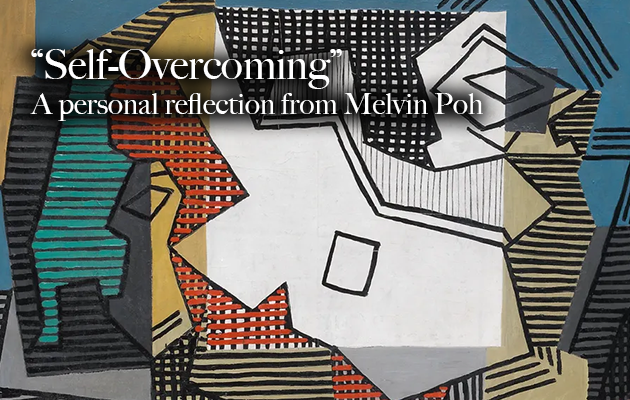
The Birth Of Curiosity
Curiosity emerges not only as a driving force behind scientific exploration but also as a potential peril, tempting impulsive actions reminiscent of the tragic tale of Icarus and his ill-fated waxen wings. The internal voice urges individuals to make rash decisions, embodying the delicate balance between the pursuit of knowledge and the potential pitfalls that lie therein.
The uneven bestowal of curiosity upon individuals raises intriguing questions. Some are naturally predisposed to question, probe, and explore, while others find contentment in the comfort of the familiar. This begs the exploration of why curiosity is not uniformly distributed among humanity, delving into the intricate interplay of genetic predispositions, environmental factors, and individual experiences.
Within the intricate machinery of our brains, a fascinating system known as the seeking system, identified by neuroscientist Jaak Panksepp in 1998, plays a pivotal role. This system, designed to reward commendable behaviour, actively encourages exploration, foraging, and bold endeavours. It urges individuals to venture beyond their comfort zones, echoing the millennia-old evolutionary mechanism that compels humans to embrace adventure and seek new frontiers.
Examining neuroscientific insights further illuminates the intricate workings of the seeking system. At a fundamental level, the mesolimbic pathway serves as the reward mechanism for curiosity. When curiosity is satiated, dopamine is released from the ventral tegmental area at the brain’s centre, creating a euphoric sensation. The intricate pathway from the ventral tegmental are to the orbitofrontal cortex near the frontal region plays a crucial role in translating the satisfaction of curiosity into a palpable feeling of pleasure.
The formative influence of curiosity is akin to other ingrained behaviours shaped through repetitive use. As children grow, biological rewards accompany risk-seeking behaviours, providing a dopamine incentive for their innate curiosity and adventurous pursuits. The tumultuous period of adolescence, marked by boundary-pushing and experimentation, manifests this inherent wiring. This phase facilitates the foraging for knowledge essential for societal progress.The lifelong impact of curiosity becomes apparent as the pathways established during adolescence shape an individual’s efficiency in satisfying curiosity in later life. Providing children with ample opportunities for exploration, play, and questioning not only fosters the development of curiosity but also influences the trajectory of lifelong behaviours, emphasizing the critical role of early experiences in shaping curiosity.
The enduring debate of nature versus nurture complicates our understanding of curiosity. While genetics and inherent brain composition remain influential factors, the interplay with environmental influences must be considered. The more a reward pathway engages in risk-seeking or curiosity, the more likely it will be utilized in the future, underscoring the dynamic interplay of nature and nurture in shaping an individual’s curiosity.



